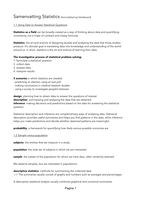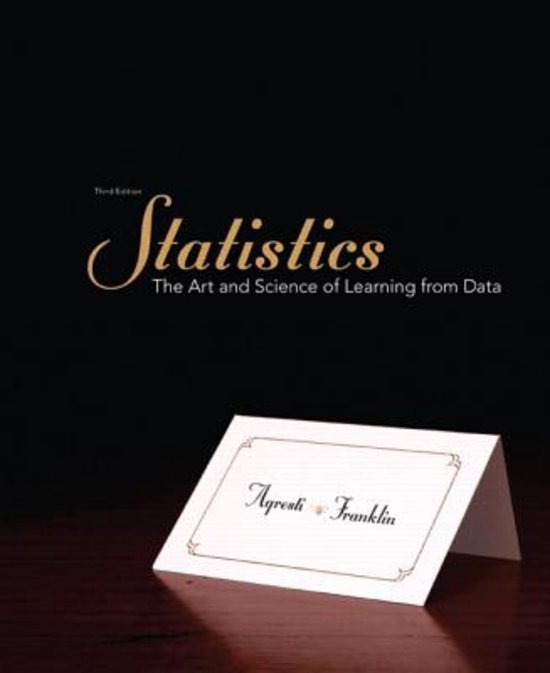Summary
Summary Statistics Agresti, H1, H2, H3.1 and H3.2 and H5 UVA
- Course
- Institution
- Book
Summary statistical examination material first year at the University of Amsterdam. Contains H1, H2, H3.1 and H3.2. and very H5. Good luck with learning!
[Show more]




